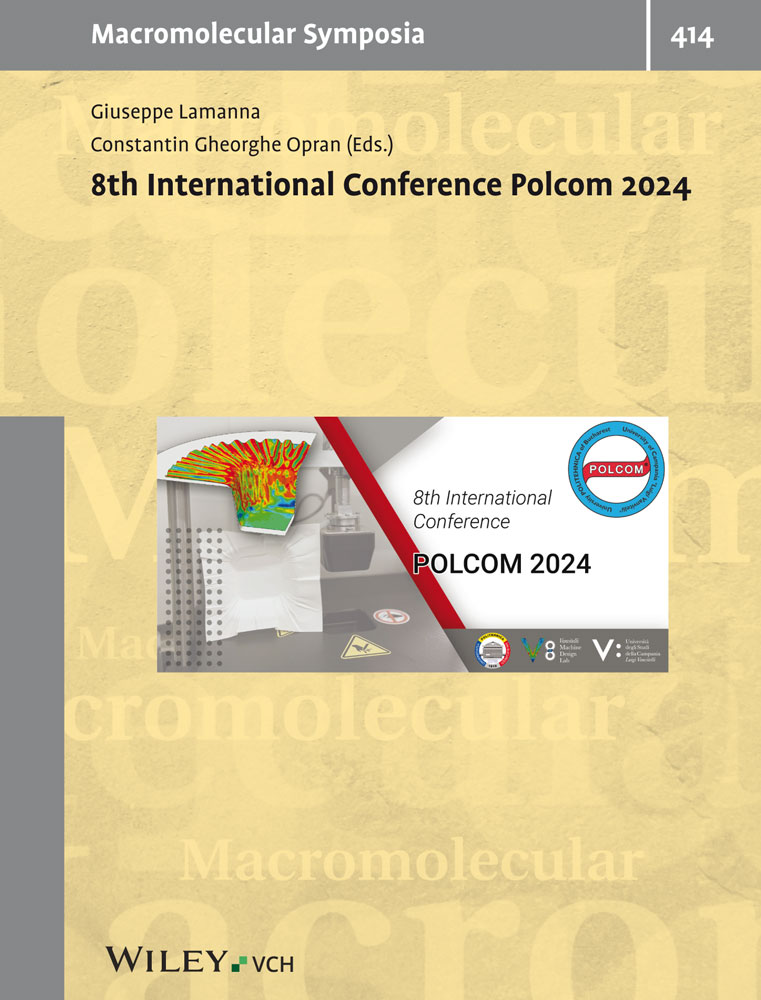Efficient screening of materials and fast optimization of vapor deposited OLED characteristics
Abstract
A combinatorial approach combining vapor deposition of organic molecules and a movable mask technique was used to screen and optimize materials and organic light emitting device configurations fast and efficiently. Some low molecular weight triphenyldiamine derivatives with different electronic and thermal properties were compared in two layer, ITO/TPD/Alq3/Al device configurations. The optimum thickness for Alq3 layer was obtained by evaporating a linear gradient of Alq3 on top of various TPD layers. Further, a landscape library with two orthogonal linear gradients of TPD and Alq3 was prepared to investigate the dependence of efficiency on thickness of both layers simultaneously. The necessity and the efficiency of an additional spiro-qunioxaline compound as electron transporting/hole blocking layer was also investigated using a landscape library of Alq3 versus spiro-quinoxaline on top of TPD. The efficiency of the two layer device depends not only on the Alq3 layer thickness, but also on the TPD layer thickness. The photometric efficiency of a TPD/Alq3 device can be improved by replacing the optimum Alq3 layer thickness by certain combinations of Alq3/spiro-quinoxaline layers.




